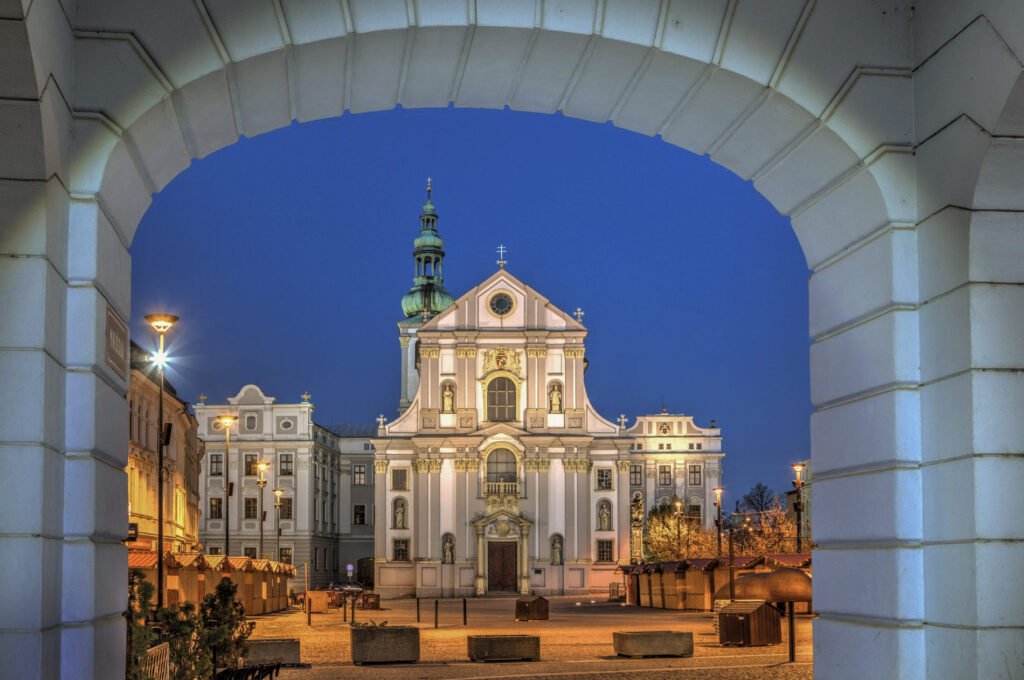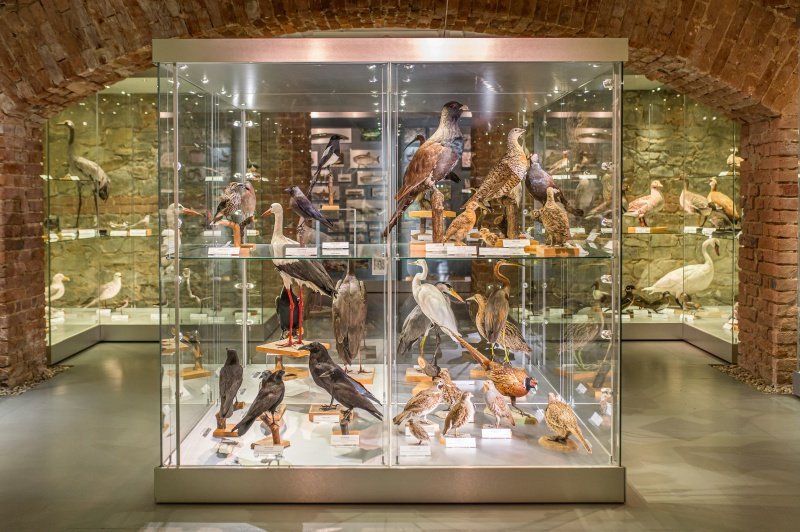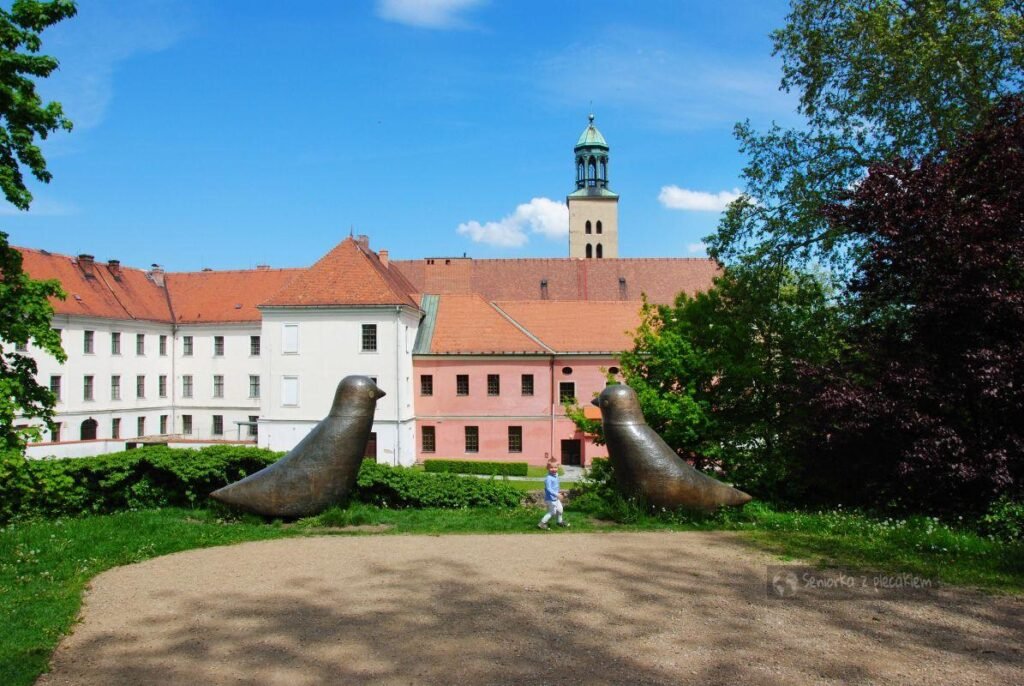Opava is full of history and historic buildings, offers a combination of cultural heritage and is surrounded by picturesque landscapes. One of the city’s main attractions is Opava Castle, an impressive Renaissance fortress from the 13th century. Well-preserved architecture and beautiful gardens are the reasons why you must see it!
The Gothic St. Wenceslas Cathedral is the oldest and largest cathedral in the region, characterized by precise stained glass windows and richly decorated interiors. It is also the burial place of figures from Opava’s history.

When it comes to green areas in the city, the Silesian Ostrava Castle Park is popular with residents and tourists alike. The park offers beautiful gardens, walking trails and a small zoo. The natural surroundings of the Opawskie Mountains provide ample opportunities for hiking, biking and exploring the beautiful landscapes. The Silesian Theatre is a venue for performing arts and offers a diverse repertoire, and its architecture is also impressive.
Location
Opava is located in the northeastern part of the Czech Republic, on the Opava River, about 30 kilometers from Racibórz. It lies in the Moravian-Silesian Region. Opava District borders Poland in the north, south of the Olza River, in the historical region of Cieszyn Silesia.
Museum of the Silesian Land in Opava


Nový Dvůr Arboretum


Nový Dvůr Arboretum is a climatic park with an area of 30 ha in which about 7,000 species of plants from all over the world grow. Among other things, the large collection of rhododendrons is worthy of attention. The complex includes a group of greenhouses with subtropical and tropical plants and a zoological corner for children.
Hradec nad Moravici Castle

The castle was built in the second half of the 13th century on the site of an earlier stronghold, which was an important border point, often involved in Polish-Czech battles in the 11th and 12th centuries.
It currently houses a hotel and a restaurant. The only preserved original architectural detail is the 14th-century portal, now bricked up, placed in the western wall of the castle’s southern passage.
Palace in Raduń

Raduň Castle is a historic castle in the Czech Republic in the village of Raduň, about 7 km south of Opava. The castle’s origins date back to the mid-15th century. Raduň is one of the most visited palaces in the area, and in addition to its interiors, it also offers the opportunity to visit the orangery and walk around the beautiful castle garden.
Church of St. Wojciech

The Church of St. Adalbert is a single-nave building built between 1675 and 1681 on Dolní náměstí in Opava. In the mid-17th century, Jiří Štěpán Bruntálský from Vrbno donated a painting of the Virgin Mary from 1648 to the Church of St. Adalbert.
The painting, which survived several centuries unscathed, has however succumbed to modern history. Along with a significant part of the historical frescoes and the main altar, it was destroyed in the church fire that occurred during the liberation battles at the end of World War II. A copy of it was made during the subsequent restoration.
Co-Cathedral of the Assumption of the Blessed Virgin Mary

Co-Cathedral of the Assumption of the Virgin Mary, whose tower rises to a height of 102 metres, making it the tallest tower in Silesia. Only co-cathedral in the Czech Republic and most significant Gothic monument built by the Teutonic Order at the end of the 14th century.
Silesian Theatre in Opava

Established in 1805, the Silesian Theatre (Slezské divadlo Opava) is among the nation’s oldest theaters. A new history of the theatre began to be written after the liberation in 1945, when the theatre’s activities were resumed under the name of the Silesian National Theatre.
It was not until after November 1989 that the theatre was restored to its original Neo-Renaissance appearance. Currently, the Silesian Theatre Opava has two ensembles – drama and opera. The opera company also includes the ballet company, which also performs independent ballet performances.
Bird Hill


The city parks in Opava line the city center and are an oasis of peace and relaxation. One of them is Křížkovského orchards. There are three giant birds with ominously glowing eyes. They also rotate their heads and make weird sounds. The bird statues can be found on the top of the Bird Hill in the center of the City.
The majestic building in the background is the Minorite Monastery. One of the most important religious pieces of architecture in the city, the monastery is believed to have been found in 1234 by a Piast duke. Officially known as the Order of Friars Minor Conventual.
Hláska

One of the landmarks of Opava’s Upper Square is the white glowing building called “Hláska” or also “Clock Tower“. It is here that visitors can get an idea of the historical centre of the town, thanks to the view from the 60-metre high tower. Today it is the seat of the town hall.
